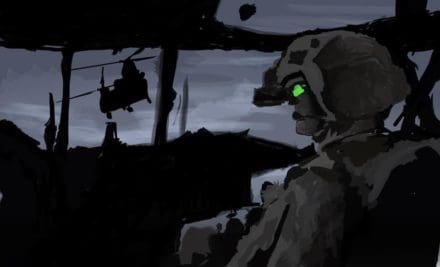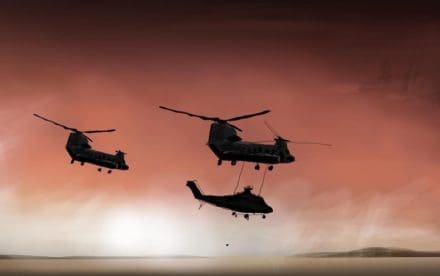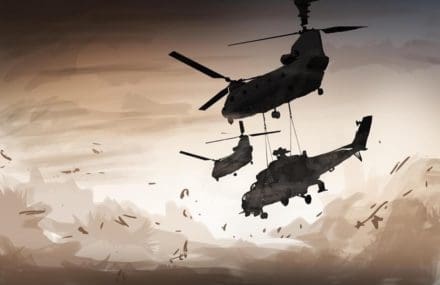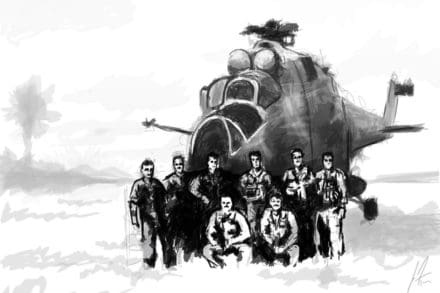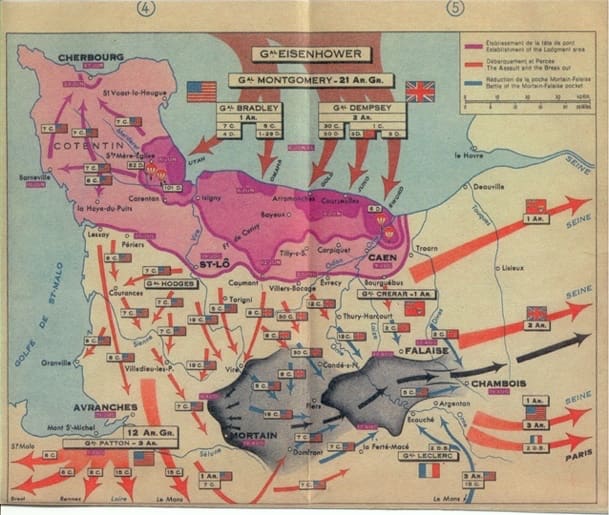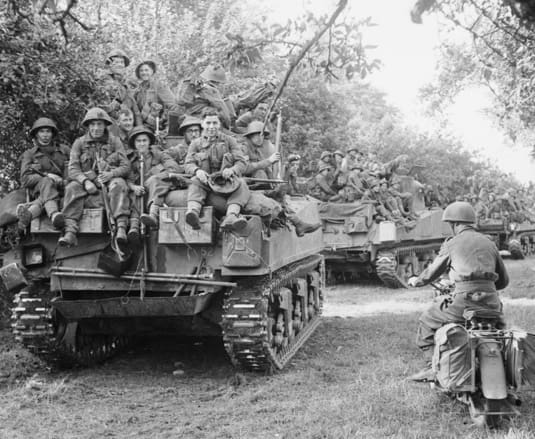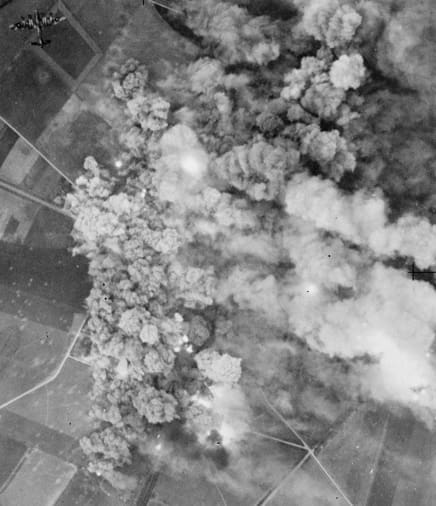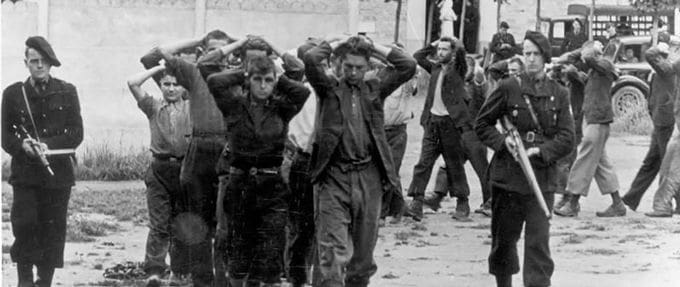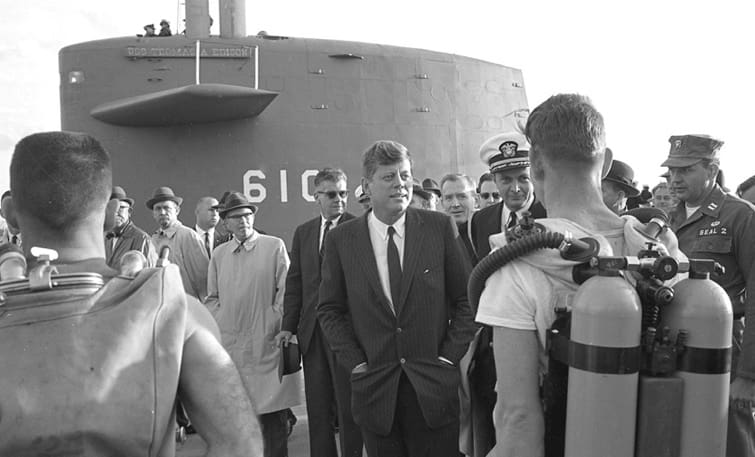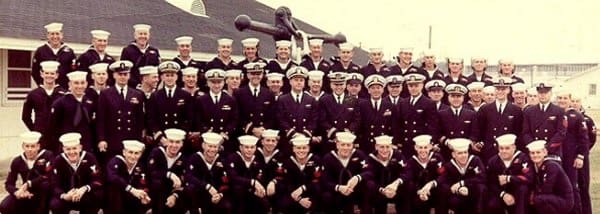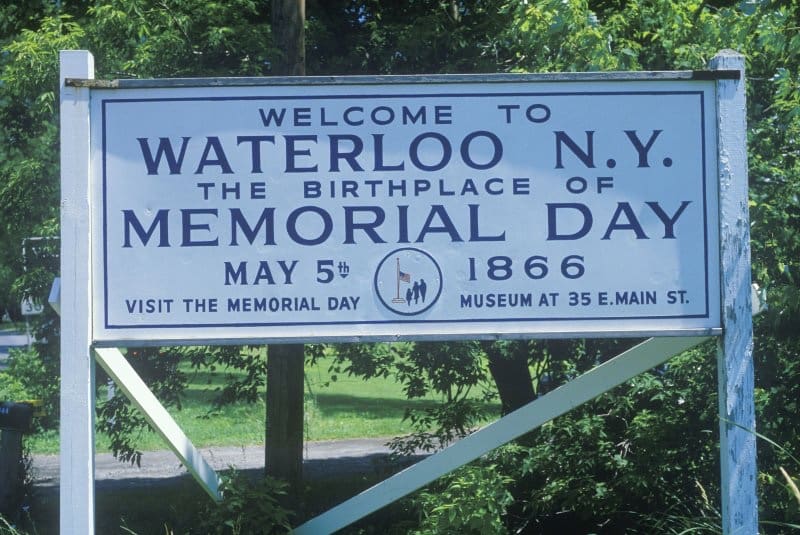MSG Larry Vickers (USA, Ret) made a name for himself while in the Army, but word spread once he retired and started Vickers Tactical. Over the past few years he has applied his passion for history and small arms to authoring the Vickers Guide series of books.
Written in conjunction with Ian McCollum of Forgotten Weapons and photographer James Rupley, the firearms of SIG Sauer now join an ever growing list of crucial reference books which include the AR-15, AK, and WWII-era German small arms.
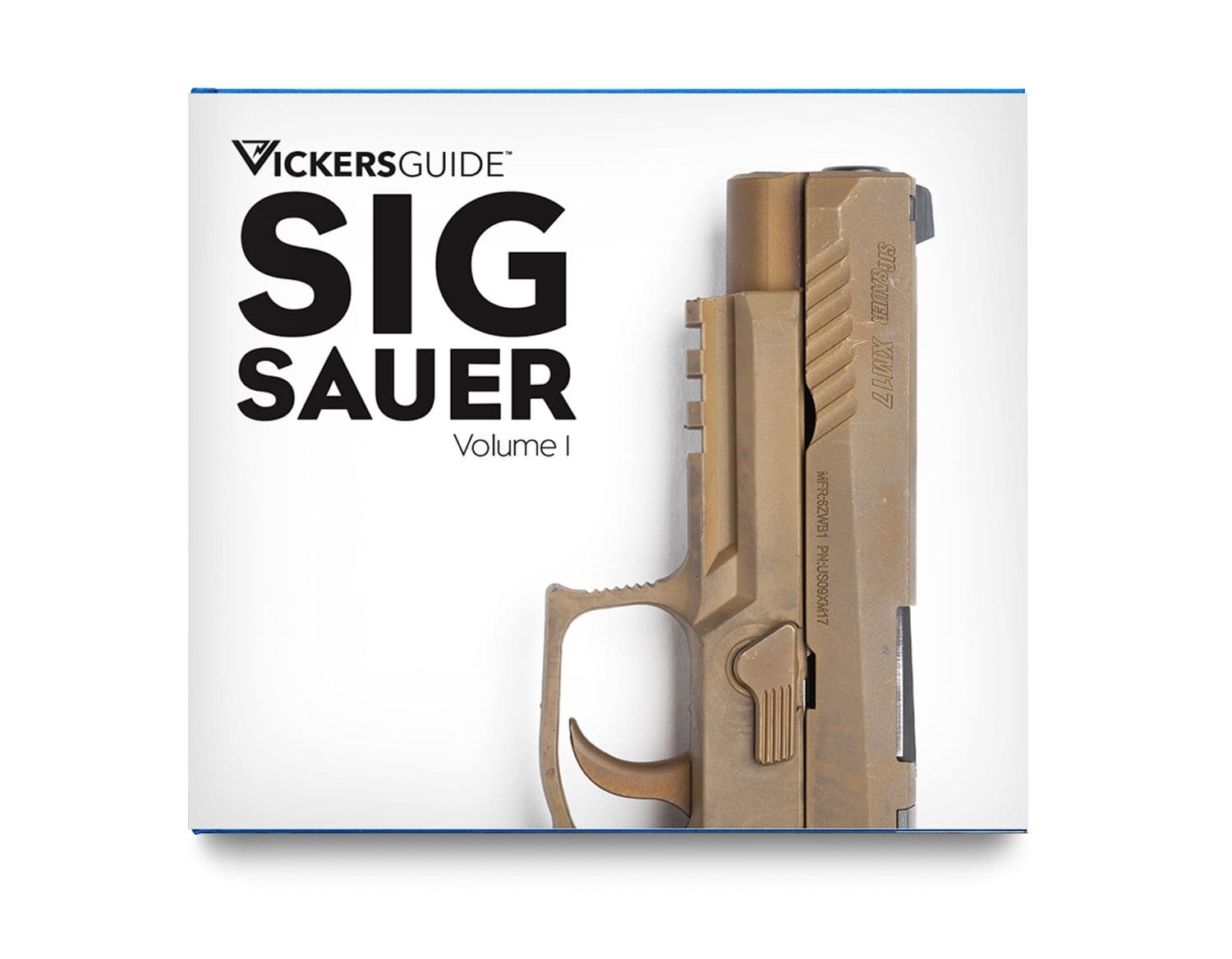
Vickers Guide: SIG Sauer sets out to track the course of SIG Sauer through the 1900s and up to the present day, with visits to the SIG Sauer Museum and SIG Sauer AG manufacturing facilities in Neuhausen am Rheinfall, Switzerland, SIG Sauer manufacturing facilities in New Hampshire, USA, and visits to private collections in Switzerland and the United States.
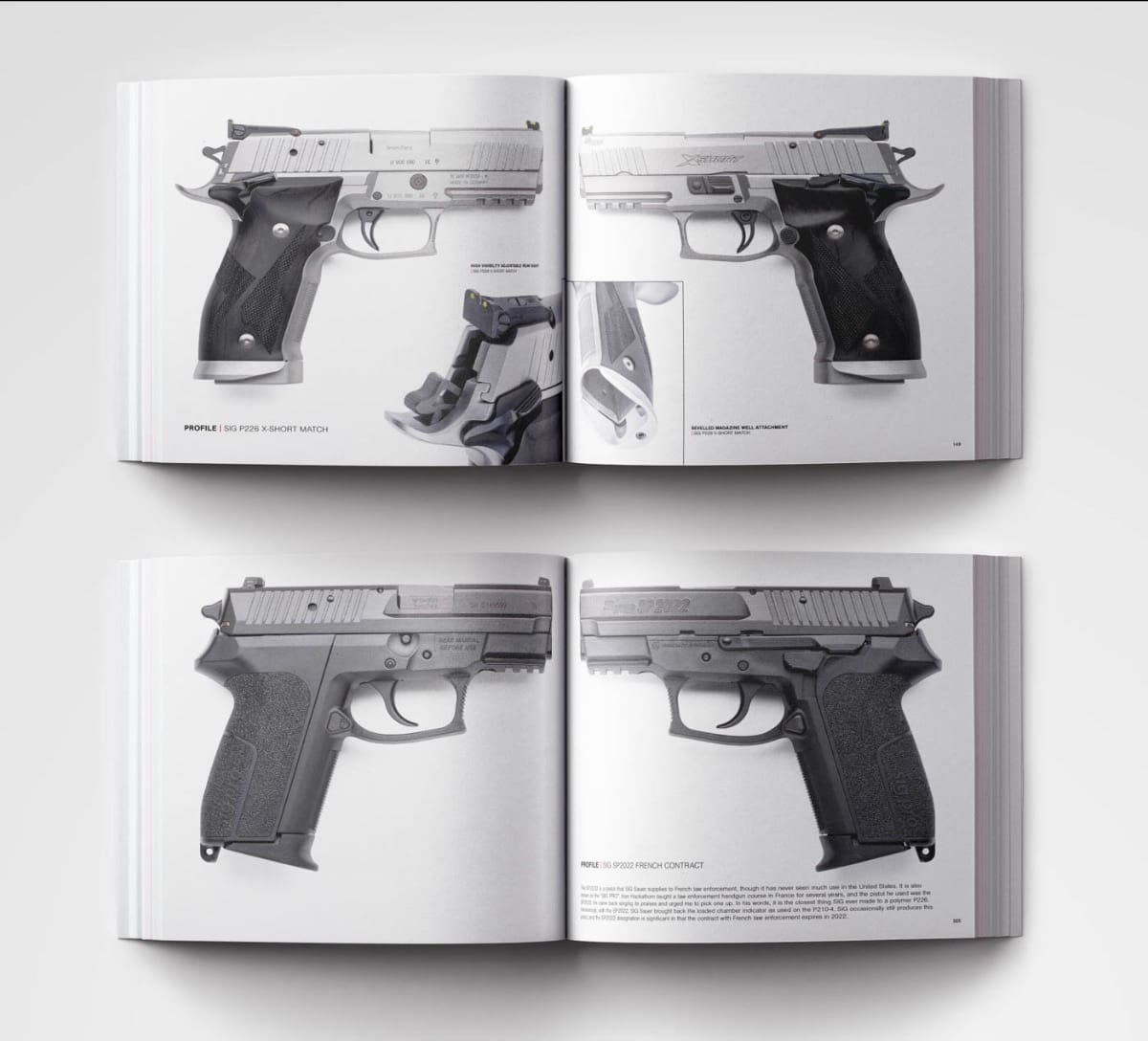
This First Volume of Vickers Guide: SIG Sauer focuses on the pistols and submachine guns produced by SIG Sauer on both sides of the Atlantic – starting with the P210-series of pistols, which are perhaps the finest production service pistols ever produced. This book then continues on to cover the modernized P220-series and the Swiss P75 service pistol, detailing how the P220 would evolve and find growing adoption and support in the United States with special operations units, law enforcement, and the civilian market.
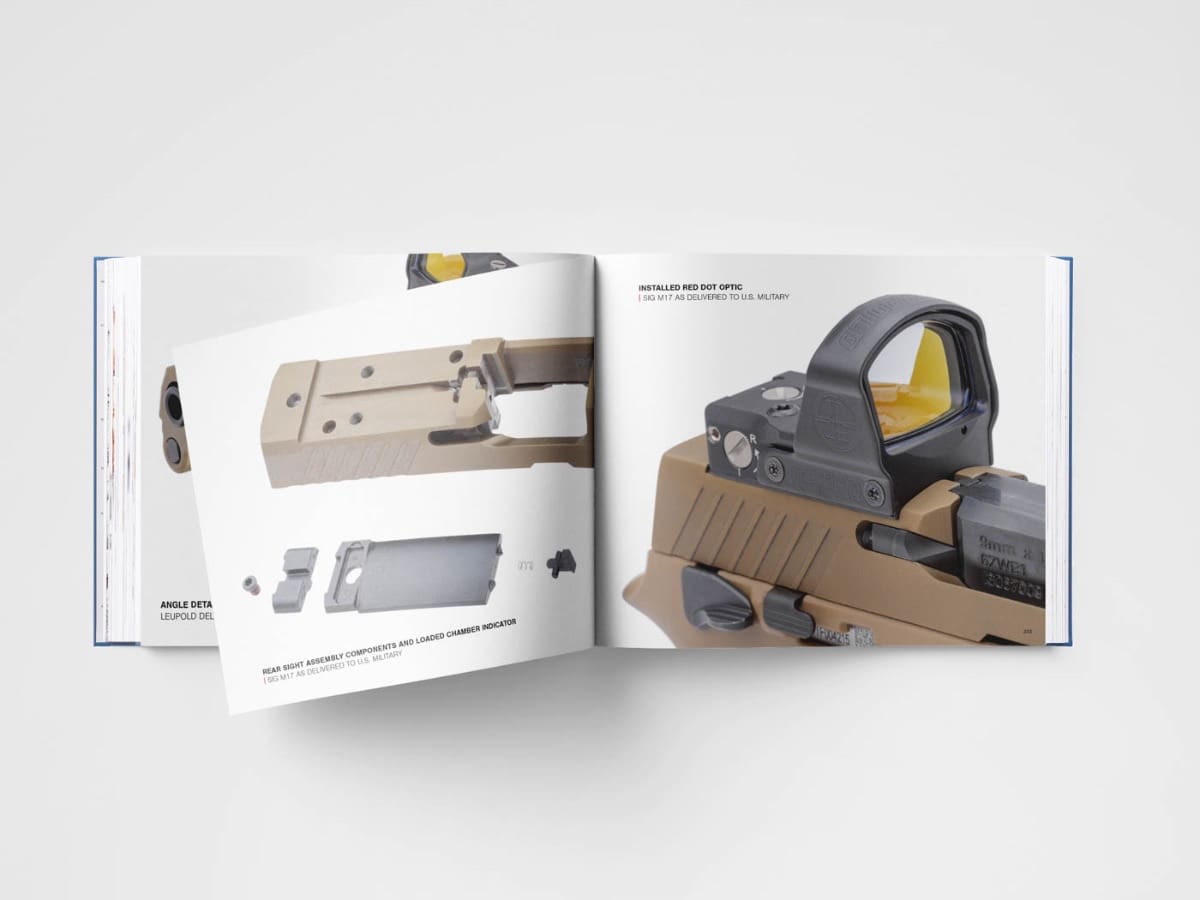
This Volume continues its look into modern developments at SIG Sauer with behind the scenes glimpses into the introduction of the P320 pistol and its adoption by the U.S. armed forces as the country’s newest standard service pistol – in the form of the M17 and M18. Also covered are inside looks into a number of other pistols produced by SIG, including the P230, P232, P239, SIG PRO-series, and the industry changing P365 line of pistols. This First Volume also delves into submachine guns – starting with the Swiss-produced Modell 1930 and continuing all the way through the present day in the United States with the MPX and its various derivatives.
Pre-order yours at www.vickersguide.com/purchase/sig-standard.


